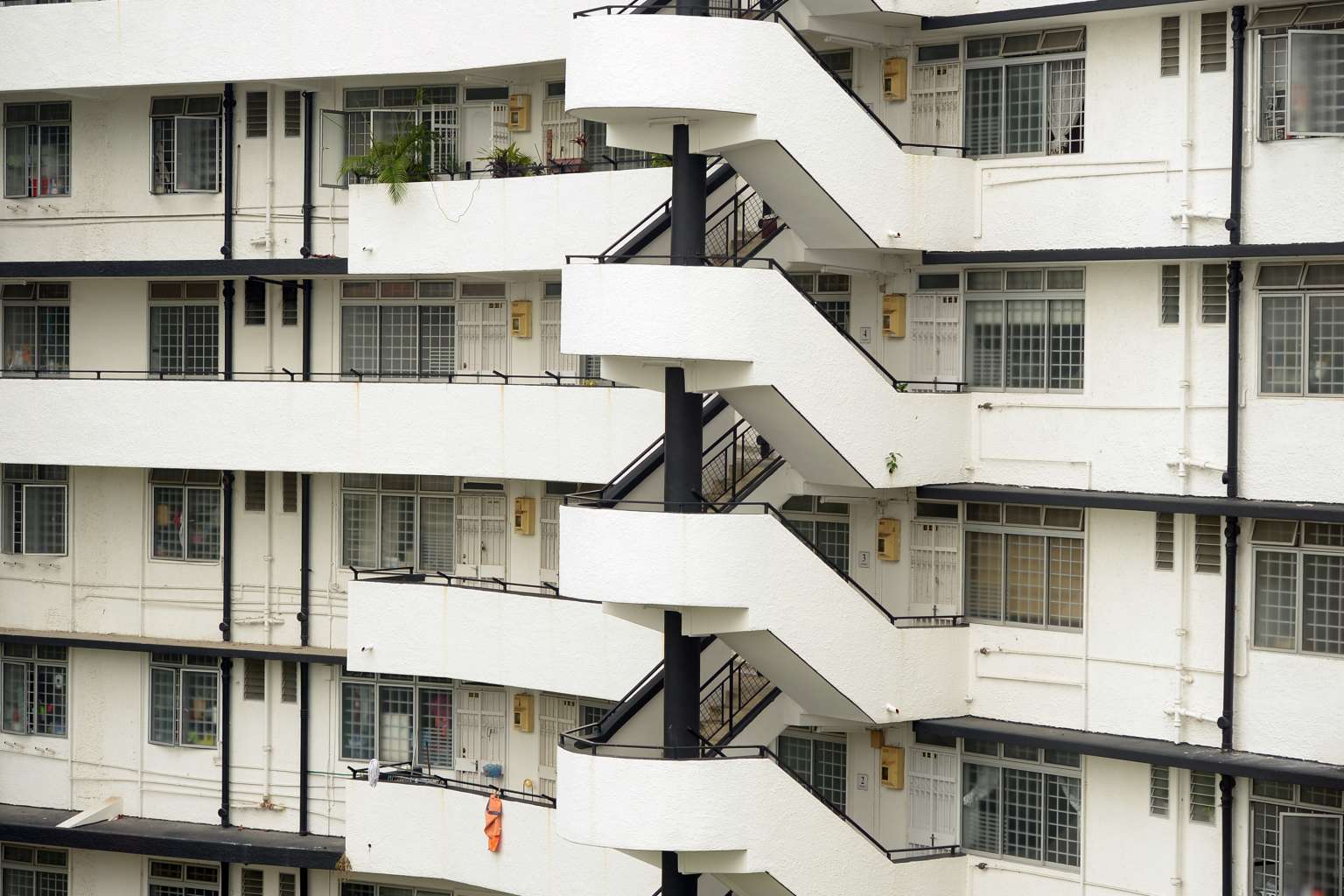More Malay families living in rental flats
Some may be renting on open market but most would be tenants under HDB scheme
Sign up now: Get ST's newsletters delivered to your inbox

The proportion of Malay families living in one and two-room rented flats has doubled in the last decade, government figures show.
PHOTO: ST FILE
Janice Heng
Follow topic:
The proportion of Malay families living in one and two-room rented flats has doubled in the last decade, government figures show.
Last year, there were 14,600 households headed by a Malay living in such flats.
This was 10.9 per cent of all Malay-headed households, up from 4.9 per cent - or 5,779 households - in 2005, according to the latest General Household Survey released in March.
While some may have been renting on the open market, most would be tenants under the Housing Board's public rental scheme, which is meant to help the needy.
Academics, social workers and Members of Parliament warn against jumping to conclusions about the reasons for the increase.
National University of Singapore sociologist Tan Ern Ser said: "We should drill down further to find out whether, if we 'control' for age and class, the ethnic differences become statistically non-significant."
About 57 per cent of the Association of Muslim Professionals' (AMP's) family services clients live in rental flats, up from about 30 per cent five years ago.
But this rise could simply be due to the higher supply of public rental flats, said AMP senior manager Hameet Khanee.
The HDB has ramped up the rental flat supply from 42,000 units in 2007 to 53,500, with an aim to boost this to 60,000 by next year.
The HDB said: "The increase in the proportion of Malay rental households is not just a housing issue, and we are working with MSF (Ministry of Social and Family Development) and other agencies to better understand the underlying causes of housing instability for rental households in general."
Of the AMP clients living in rental flats, about one in 10 is waiting for a new flat, bought from the Housing Board, to be ready.
However, Malay households also form a growing proportion of one- and two-room rental households.
They account for almost a third of 45,500 such households, up from about one in six a decade ago.
Changing economic circumstances could have played a part, said NUS researcher Lai Ah Eng.
Low-income Malay workers could have been "displaced by cheap immigrant labour" in jobs such as cleaning, she said.
Among AMP's family services clients, insufficient Central Provident Fund savings - due to unemployment or ad-hoc jobs - was the most common reason for living in a rental flat, accounting for 86 per cent.
Mr Zainal Sapari (Pasir Ris-Punggol GRC) said he has seen more Malay constituents appealing for rental flats at his Meet-the-People sessions. They include elderly couples who sold their flats to live with their children but have a rocky relationship, divorced families, and those who cannot afford a flat yet.
Calling it a "worrying trend", he said: "Living in a rental flat environment may not be conducive to raise young children."
There is a danger of families becoming entrenched over generations, said observers.
The AMP's Madam Hameet said: "Considering that an HDB flat is an asset for most people, not owning a flat would prevent these families from leveraging on their flats as an asset to facilitate social mobility."
The stigma and social issues associated with rental flats could also be detrimental to families, she added.
Dr Lai raised the possibility of "a permanent underclass of two to three generations with multiple family problems".
The HDB encourages financially stable tenants to consider buying a flat when their tenancy renewal is being reviewed. Eligible first-timers can get up to $80,000 in grants.
"Special provisions should be made to help families undergoing divorce with their housing issues," suggested Mr Zainal.
He is optimistic about the Fresh Start Housing Scheme to be rolled out later this year. It will help rental families with young children, who used to own an HDB flat, buy a home again.

